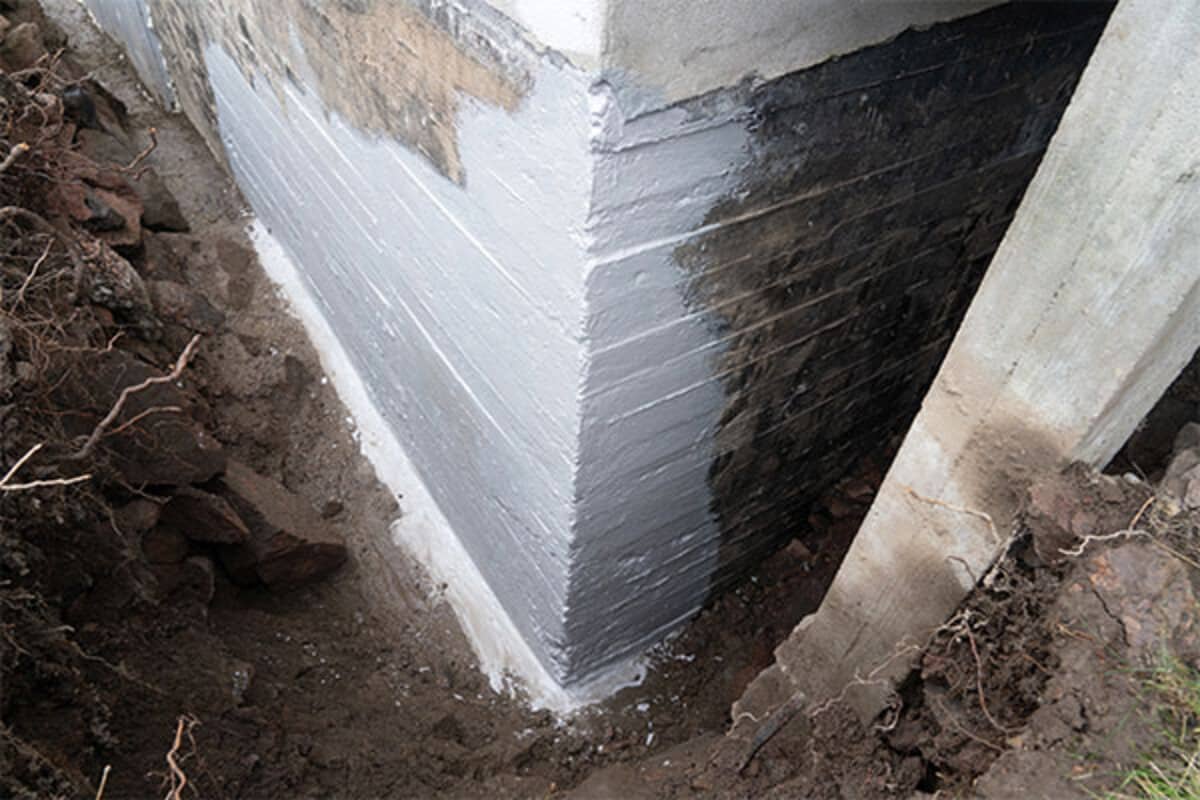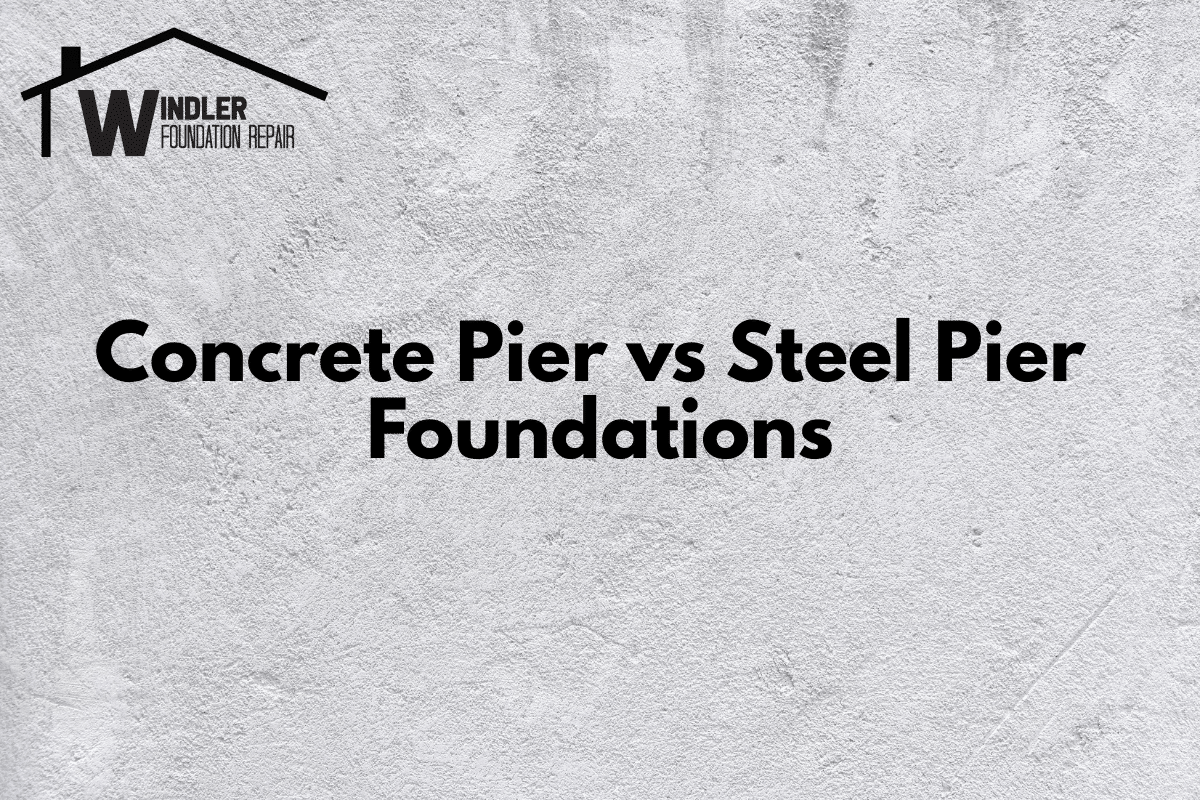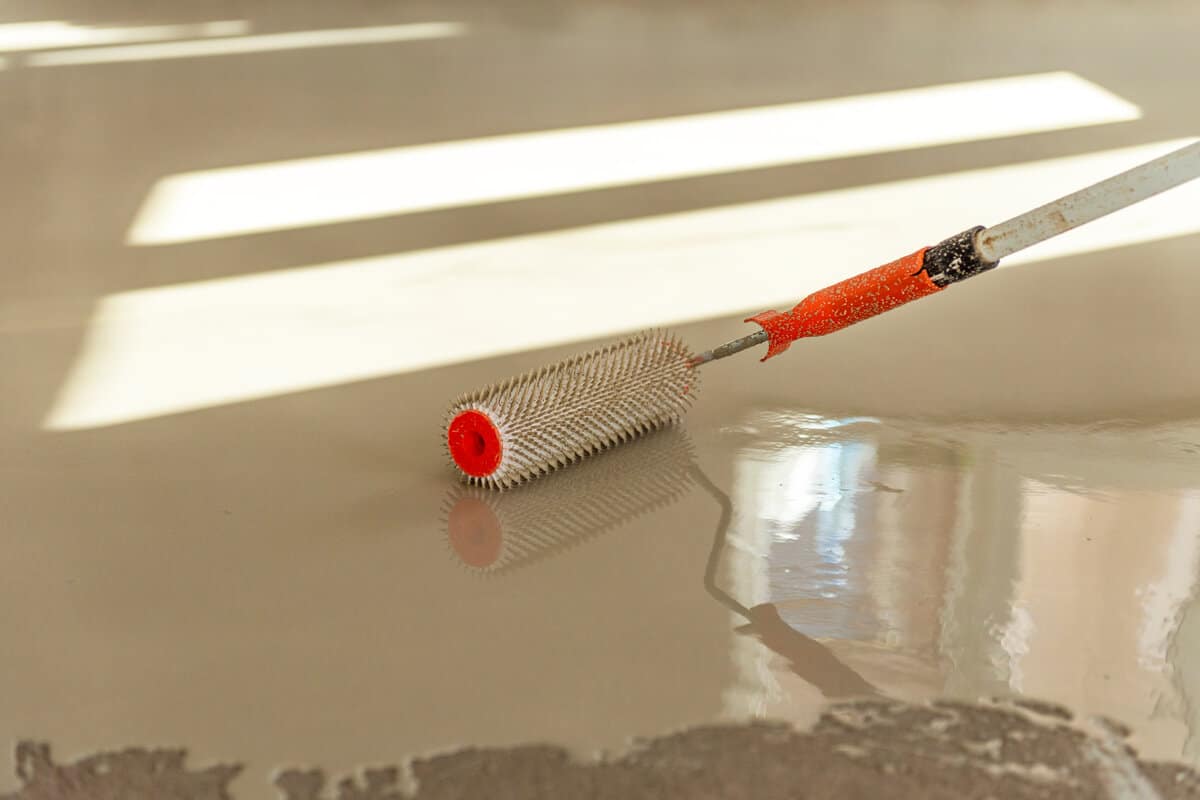The soil beneath a building plays a crucial role in its foundation’s stability. If the ground shifts, settles, or retains too much moisture, it can lead to cracks, uneven floors, and structural damage. Some soils expand and contract with changes in moisture, while others erode over time, weakening support. This guide explains how soil types impact foundation stability, how to assess soil conditions, and what steps can be taken to prevent foundation problems.
The Impact of Soil Types on Foundation Stability
Foundation stability is directly influenced by the characteristics of the soil. Different soil types react differently to moisture, weight, and environmental factors, affecting a building’s ability to stay level and structurally sound.
Clay Soils
Clay soils have a high moisture-retention capacity, meaning they expand when wet and shrink when dry. This constant movement puts pressure on foundations, leading to cracks and shifts. If not properly managed, clay soils can cause significant structural issues over time.
Sandy Soils
Sandy soils drain well, making them less prone to expansion and contraction. However, their loose nature can cause shifting if they aren’t compacted correctly before construction. A strong foundation in sandy soil requires proper stabilization techniques to prevent settling.
Silt Soils
Silty soils retain moisture longer than sand but do not expand as much as clay. However, they are highly susceptible to erosion and frost heaving, which can weaken foundation support over time. In areas with silt-heavy soils, additional drainage solutions are often necessary.
Loam Soils
Loam is considered one of the best soil types for foundation support because it contains a balance of sand, silt, and clay. It offers good drainage and stability, but if it contains too much organic material, it can settle over time. Proper compaction and site preparation are essential when building on loam soil.
Assessing Soil Conditions for Construction
Before starting construction, a thorough soil assessment should be conducted. This process includes:
- Soil Sampling: Collecting soil from different depths to analyze its composition.
- Laboratory Testing: Determining moisture levels, density, and strength.
- Site Evaluation: Examining groundwater levels, drainage patterns, and environmental conditions.
These steps help determine the soil’s ability to support a foundation and what additional precautions may be necessary.
Mitigating Soil-Related Foundation Issues
To prevent soil-related foundation problems, contractors use:
- Soil Stabilization: Adding lime, cement, or other materials to improve strength.
- Drainage Systems: Installing drains and grading the land to direct water away from the foundation.
- Proper Compaction: Compacting soil layers before construction to minimize future movement.
Why Choose Windler Foundation
Windler Foundation specializes in building stable foundations regardless of soil conditions. We conduct detailed soil assessments to determine the best approach for each project. Our team designs foundations specifically suited to the site’s soil type, ensuring long-term durability. We also implement advanced stabilization and drainage solutions to prevent future issues. With our expertise, you can trust that your foundation will be built to last.
In Summary
The impact of soil types on foundation stability cannot be overstated. The type of soil beneath a structure directly influences how well the foundation holds up over time. A proper soil evaluation, combined with the right foundation design, helps prevent structural issues such as settling, cracking, and moisture-related damage. If you need expert guidance on foundation solutions, contact us at Windler Foundation. Our team is committed to providing long-lasting, secure foundations tailored to your project’s specific soil conditions.



